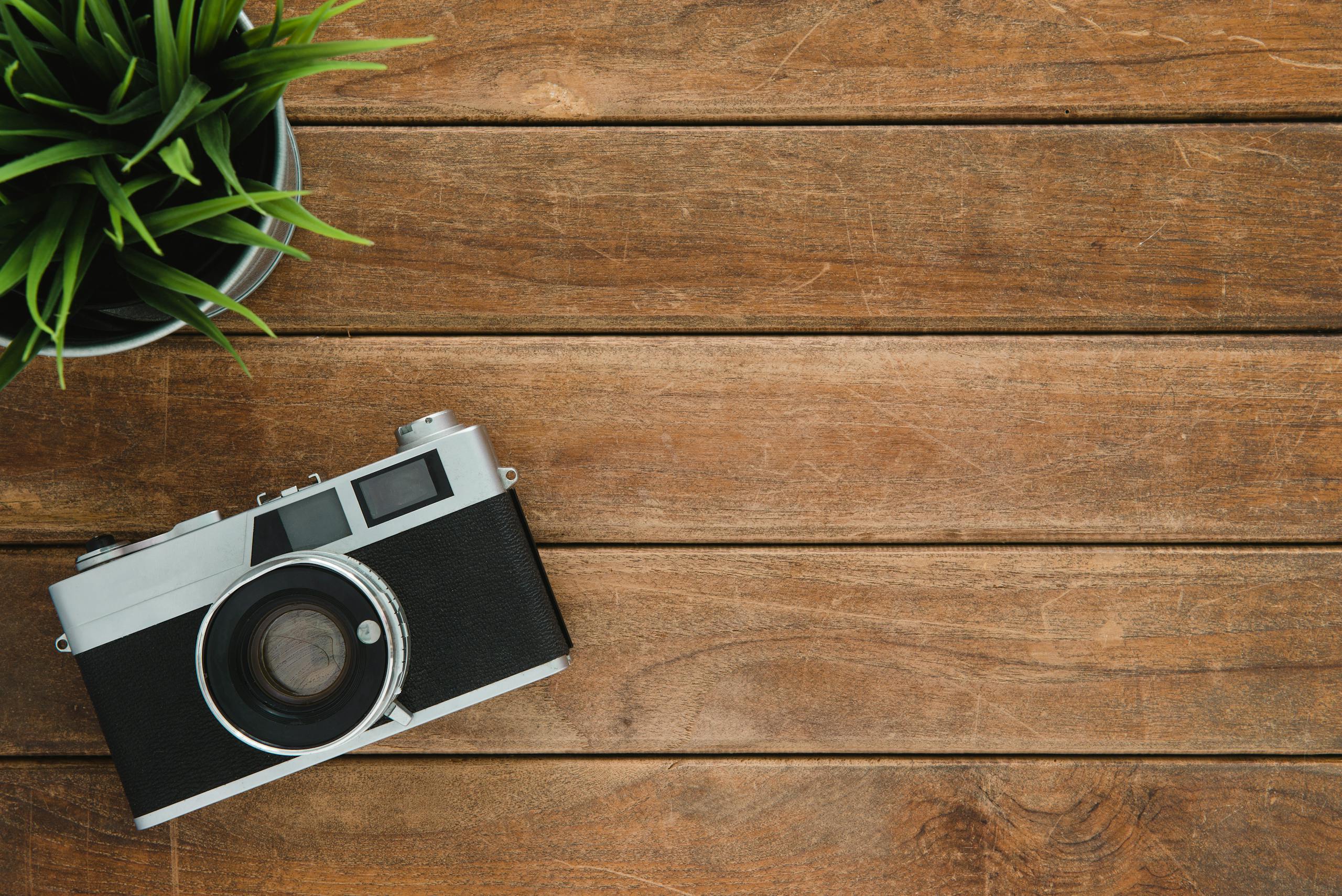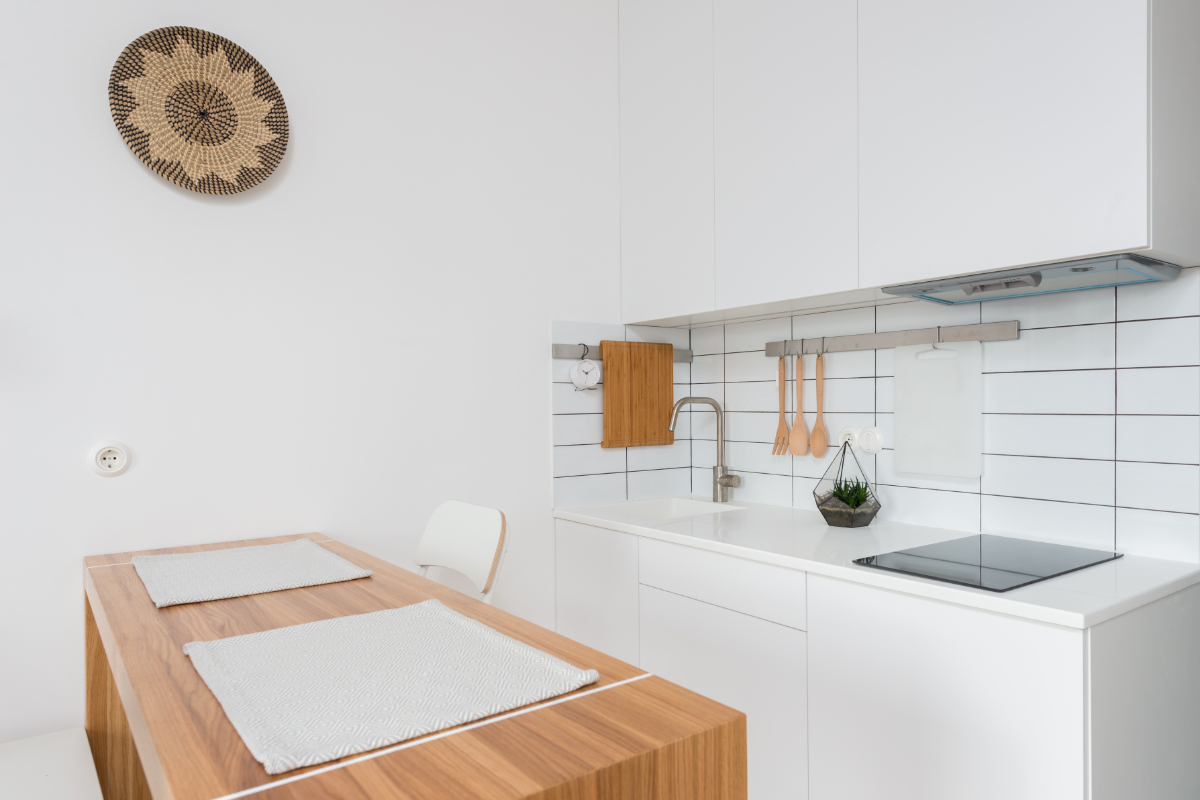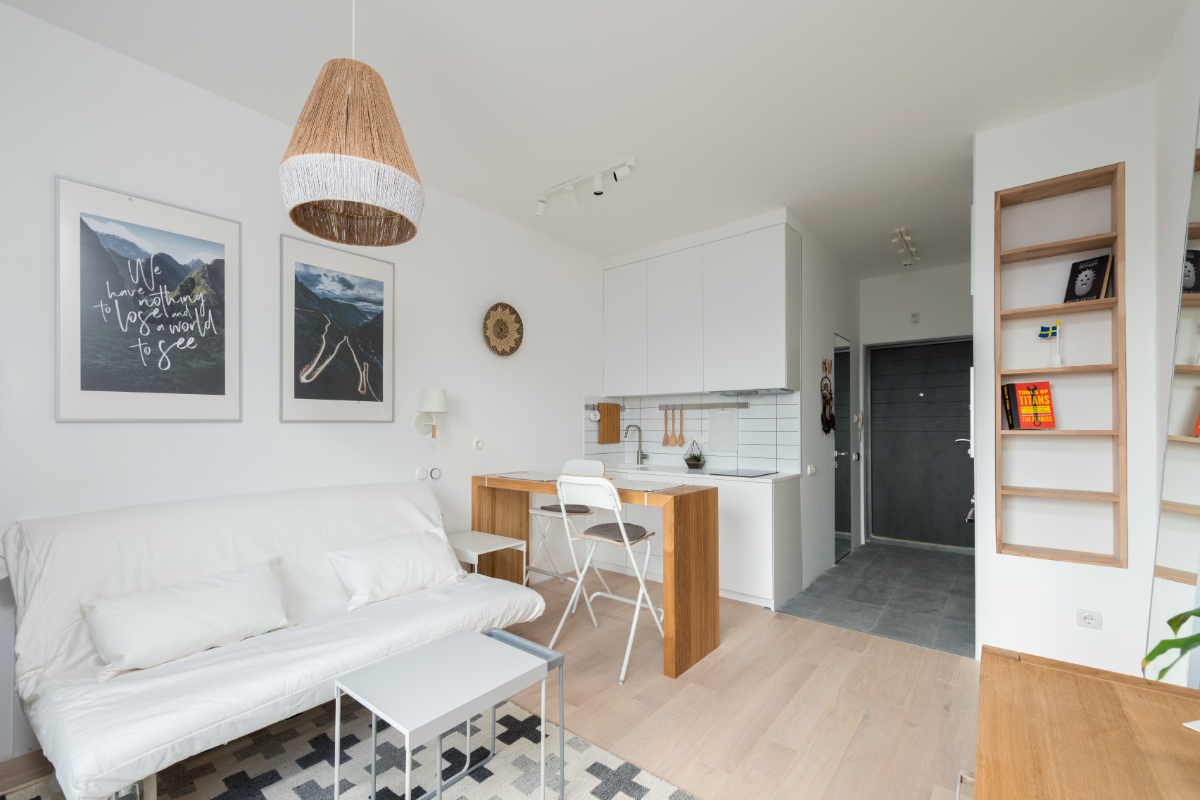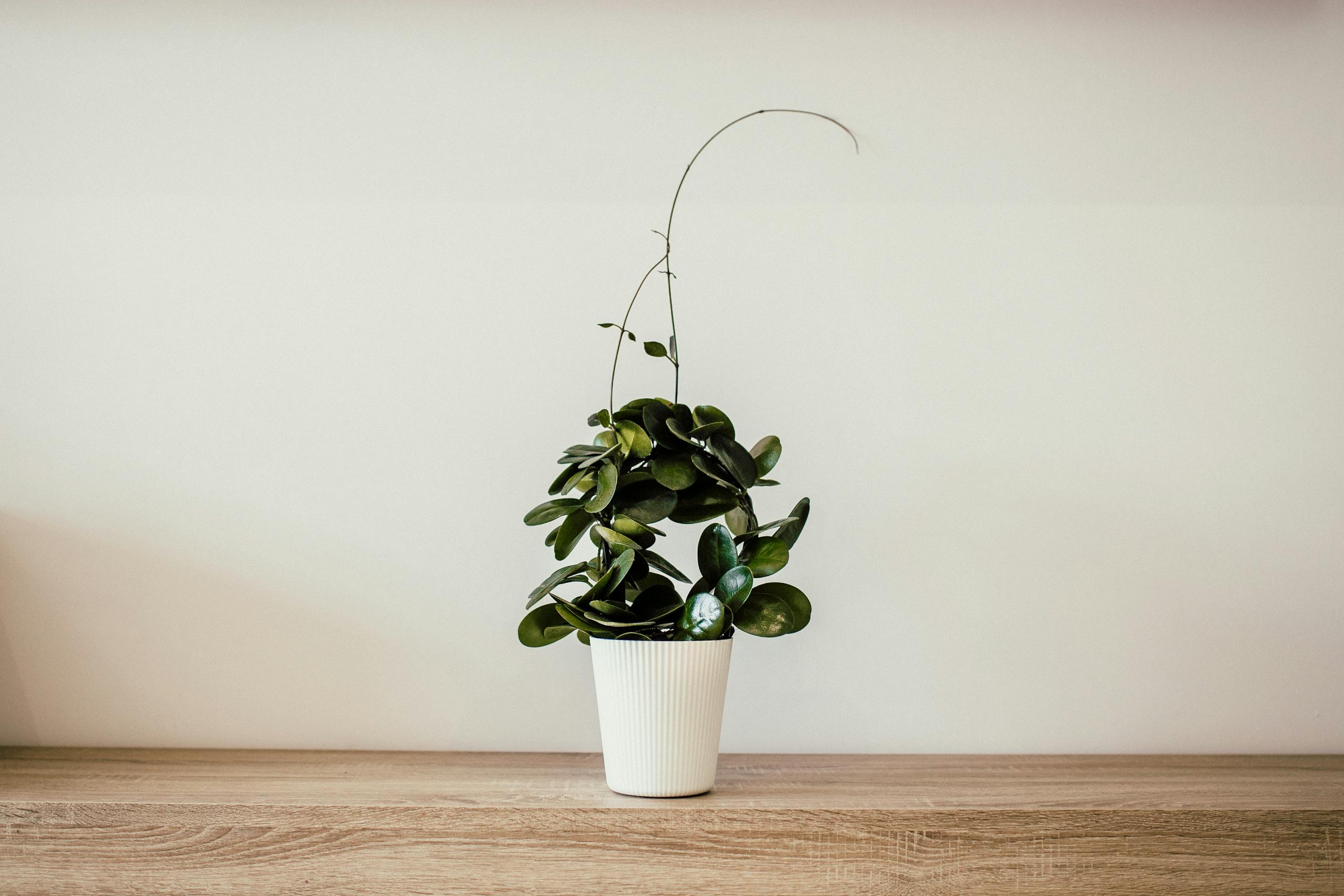How to Adopt a Minimalist Lifestyle in 10 Easy Steps
There are some affiliate links below, but they are all products I highly recommend. For more info, view my disclosure here.
Are you looking for a way to simplify your life? Do you want to get rid of the clutter and chaos that has taken over your life? If so, then adopting a minimalist lifestyle may be just the thing for you. By following a few easy steps, you can begin living with intention and purpose while creating more space in your life. Here are ten easy steps to help you adopt a minimalist lifestyle.
Minimalism is all about living with intention and purpose by getting rid of anything that doesn’t bring joy or serve a purpose in your life. It’s important to focus on what brings value and meaning to your life, rather than accumulating material possessions as a way to fill an emotional void. By focusing on what truly matters, you can create more space in your life for relationships, experiences, and personal growth.
Adopting a minimalist lifestyle isn’t as difficult as it may seem at first. By following these simple steps, you can begin decluttering your physical and mental spaces in no time. With some guidance and commitment, you will be able to live with intention and purpose while creating more space in your life.
Analyze Your Current Lifestyle
To begin the journey towards a minimalist lifestyle, it’s important to examine your current habits and patterns. Figuring out which areas of your life you can simplify is the first step in becoming more mindful and intentional with the way you live.
Take some time to reflect on how you’re spending your energy and resources. Are there any activities that no longer serve you? Are there any possessions that are simply taking up space without adding value to your life? Make a list of all the things that you do regularly, from grocery shopping to going out with friends, and decide what’s necessary and what can be cut back on or removed entirely.
Be honest with yourself about where improvements could be made in order to make room for what matters most. This process will help prioritize your goals and give you an idea of what needs to be done in order to simplify your lifestyle. It may require sacrifices, but once implemented, these changes can help reduce stress, save money and time, and improve overall wellbeing.
Clear Your Space Of Clutter
The second step to adopting a minimalist lifestyle is to clear your space of clutter. Clutter can be distracting and even overwhelming. It can also cause stress and make it difficult to focus on what’s important in life. To get started, you should begin by removing items that are no longer useful or used. This could include old clothes, paperwork, furniture, or technology that has become outdated.
Once the non-essentials have been removed from the space, take time to organize the remaining items into categories that make sense for you. This way, you’ll know exactly where everything is when needed and won’t have to worry about sifting through clutter during times of stress or distraction. Additionally, having an organized living space will help keep your mind at ease and free up energy for more important things in life.
Lastly, it’s important to maintain a minimalistic mindset throughout your living space by being mindful of what you purchase and bring into your home. Before making any new purchases, ask yourself if these items are truly necessary and if they will add value to your life in some way. Doing this will help ensure that unnecessary items don’t build up over time and create more clutter in the future.
Prioritize Your Belongings
Now that you have cleared your space of any clutter, it is important to prioritize the belongings that you want to keep. This is all part of the minimalist lifestyle and it requires conscious thought and decisions. Start by taking inventory of the items in your home and categorizing them into four groups: Necessary, Useful, Sentimental, and Unnecessary.
Necessary items are those that you need for everyday life such as clothing, food, toiletries and other basic items. These should stay in your home since they are essential to everyday life.
In contrast, unnecessary items are those that you don’t need or use anymore but have been taking up valuable space in your home for no reason. Get rid of these items – donate them if possible – so that you can be left with only what is essential to you.
Lastly, useful and sentimental objects should also remain in your home but only if they make sense for you to keep them around. If an item is useful but doesn’t bring joy to your life or if something is sentimental but no longer serves a purpose then it may be best to let it go as well. Spend some time reflecting on which possessions make the most sense for you to keep around – after all, this step is about deciding what matters most in your life!
Reassess Your Expenses
The fourth step to adopting a minimalist lifestyle is reassessing your expenses. To make sure you’re living within your means, it’s important to understand where and how you’re spending money. All too often, people find themselves in debt without even realizing it. By taking the time to look at your expenses, you can make sure that no money is being wasted or misused.
To begin this process, first identify any unnecessary expenses that can be eliminated from your budget. This includes things like subscriptions and services that are no longer needed or used. Then look for ways to save on other areas of spending such as food, entertainment, and transportation. It may also be beneficial to shop around for better deals on utilities and insurance policies.
Overall, reassessing your expenses is an essential part of leading a minimalist lifestyle. By doing so, you can free up more of your finances to use towards activities that bring more meaning into your life. With careful consideration and planning, it’s possible to live within a budget while still enjoying the things that matter most to you.
Practice Minimalism In Your Wardrobe
As we continue to explore the process of adopting a minimalist lifestyle, it’s time to consider how minimalism can be applied to our wardrobe. The first step is to take stock of what we already have. This will help us identify what items are essential and which ones we can get rid of. We may be surprised at how much excess clothing we own that can be donated or recycled.
The next step is to focus on quality over quantity when adding new items to our wardrobe. Instead of buying lots of cheap, fast-fashion pieces, invest in higher-quality garments that will last longer and look better. When shopping for clothes, make sure they fit with your lifestyle and values, and avoid making impulse purchases.
When developing a minimalist wardrobe, it’s important to remember that less is often more. Aim for a streamlined collection of timeless pieces rather than an overcrowded closet full of items you don’t wear very often or don’t feel good in. By following these steps, we can create a wardrobe full of pieces that not only make us look good but also make us feel great about ourselves.
Make Shopping With Intent A Priority
Shifting to a minimalist lifestyle can seem daunting. However, it’s easier than you think and with just a few simple steps, you’ll be well on your way. The sixth step is to make shopping with intent a priority.
When shopping for anything, whether it be clothes or groceries, ask yourself if you really need the item or not. If it’s something that won’t add value to your life, then don’t buy it. Do some research before you go out and shop around for the best deals and quality items that won’t need to be replaced quickly. Additionally, try to avoid impulse purchases and instead take time to consider if this item is something that will truly benefit you in the long run.
Making intentional decisions when shopping will help keep your spending under control and reduce clutter in your home as well. You’ll also be able to save more money as well as reduce waste since fewer items will end up going unused or thrown away after some time passes.
By taking the time to shop with purpose and intention, you’ll soon find yourself living a much simpler life without all of the unnecessary items taking up space in your home.
Declutter Your Digital Life
The seventh step towards embracing a minimalist lifestyle is to declutter your digital life. It’s an often overlooked area that can be incredibly cluttered and overwhelming. Taking the time to clean up your digital space can have a major impact on how organized and stress-free you feel.
Start by deleting any old emails, files, and photos that you no longer need or use. Once you’ve made some headway, it’s important to create a filing system for yourself that’s easy to maintain. This can include setting up folders in your inbox, on your desktop, and in the cloud. Doing so will help keep track of everything while also giving you more control over the information stored in each folder.
Organize your bookmarks and social media accounts too. Delete any inactive accounts, delete outdated posts, and reorganize bookmarked websites into neat categories. This way, when it comes time to look up something online or find an old post for reference, it’ll be much easier to find without having to sift through extra clutter online. A clean digital space is key for leading a minimalist lifestyle – take the time to declutter yours today!
Practice The Art Of Saying No
Once you have decluttered your physical and digital life, it’s important to learn the art of saying no. This is especially true if you are pursuing a minimalist lifestyle. In this step, you’ll need to be mindful about how much time and energy you are dedicating to activities that fill your day but don’t necessarily add any value to your life.
It’s also helpful to remember that when you say no, it gives other people an opportunity to say yes. When you take on too much, it can prevent others from having the chance to do something they may enjoy or learn from. This can help create a more balanced lifestyle for yourself and those around you.
Learning how to say no effectively isn’t easy but with practice and consistency, it can become second nature. Every time you feel overwhelmed or stretched too thin, remind yourself of why being mindful of what obligations and commitments bring into your life is important for achieving a minimalist lifestyle.
Invest In Experiences Instead Of Possessions
Making the decision to adopt a minimalist lifestyle can be daunting, yet incredibly rewarding. The final step in this journey is to invest in experiences instead of possessions. Experiences often bring more lasting joy than material items do. Not only that, but they also provide memories that you can carry with you forever.
Rather than buying the latest gadget or newest outfit, consider taking a trip to somewhere new or signing up for an interesting class. These kinds of activities bring people together and create lasting connections with others. Furthermore, investing your time and money into experiences helps you grow as a person and learn about yourself and the world around you.
It’s easy to get caught up in wanting the newest things out there, but experiences are what will make life special in the long run. Doing things like traveling, volunteering, attending concerts or art shows – these are all great ways to put your money towards something meaningful and memorable!
Embrace The Joy Of Simplicity
As we move on to the tenth step in adopting a minimalist lifestyle, we must embrace the joy of simplicity. This means that we don’t need to fill our lives with complex objects and activities, but instead focus on what brings us true joy and satisfaction. Taking a step back and simplifying our lives can help us find clarity in our day-to-day life.
While it may be hard to break away from materialistic desires, focusing on experiences is much more rewarding in the long run. We can start by cutting down on unnecessary purchases and re-evaluating how much time is spend shopping for items we don’t really need. Going out for a walk or spending quality time with loved ones can bring just as much satisfaction, if not more, than buying something expensive or new.
Living a simpler life comes with many benefits, such as less stress and clutter, more time for meaningful activities, and a greater appreciation for the little things. Choosing to lead a minimalist lifestyle doesn’t mean giving up all of your possessions; it simply means being mindful about what truly brings you joy.






